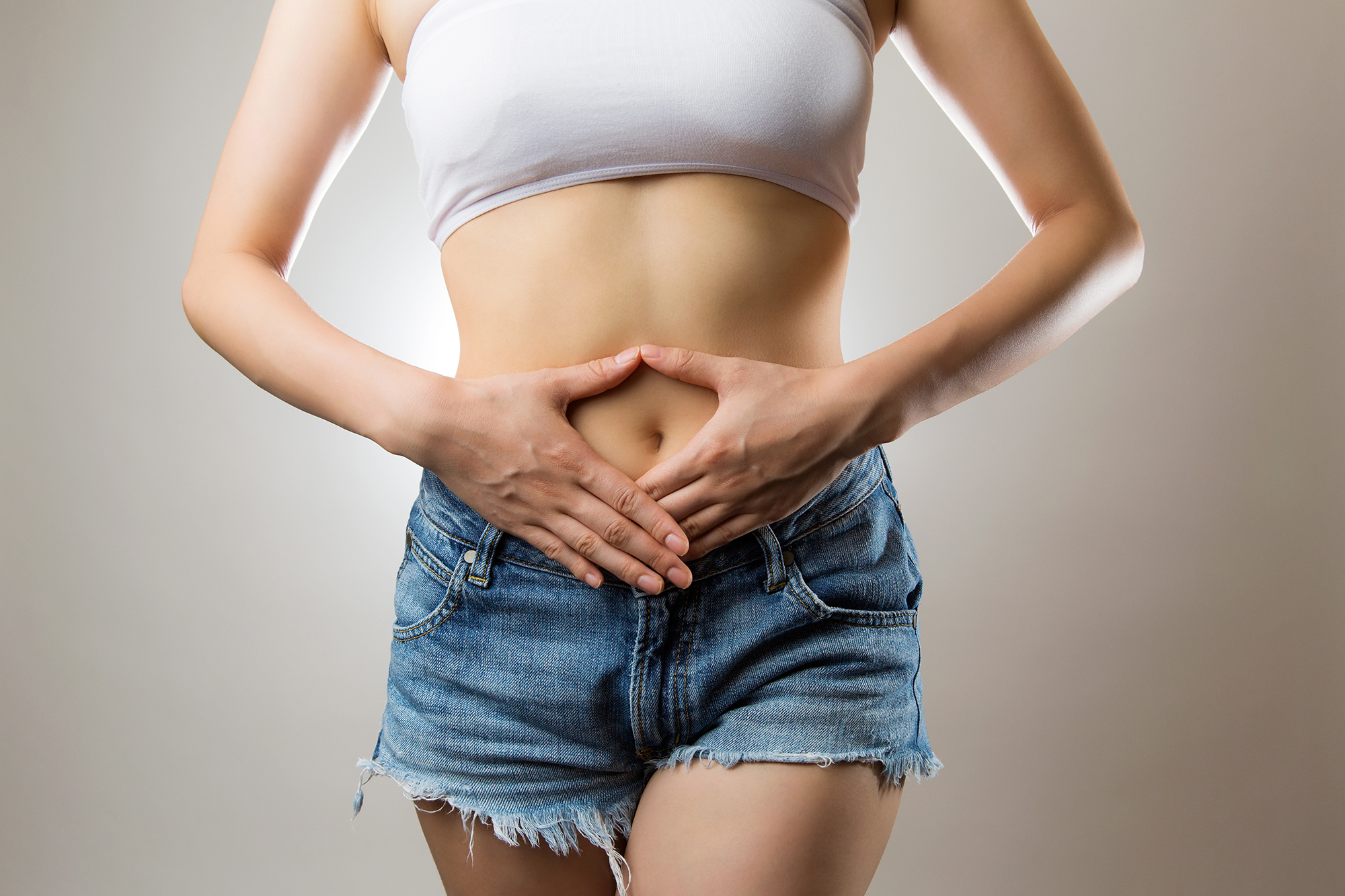Effects of L-Phenylalanine on Energy Intake and Glycaemia-Impacts on Appetite Perceptions, Gastrointestinal Hormones and Gastric Emptying in Healthy Males
Penelope C E Fitzgerald 1, Benoit Manoliu 1, Benjamin Herbillon 1, Robert E Steinert 2, Michael Horowitz 1, Christine Feinle-Bisset 1Affiliations expand
- PMID: 32560181
- PMCID: PMC7353198
- DOI: 10.3390/nu12061788

